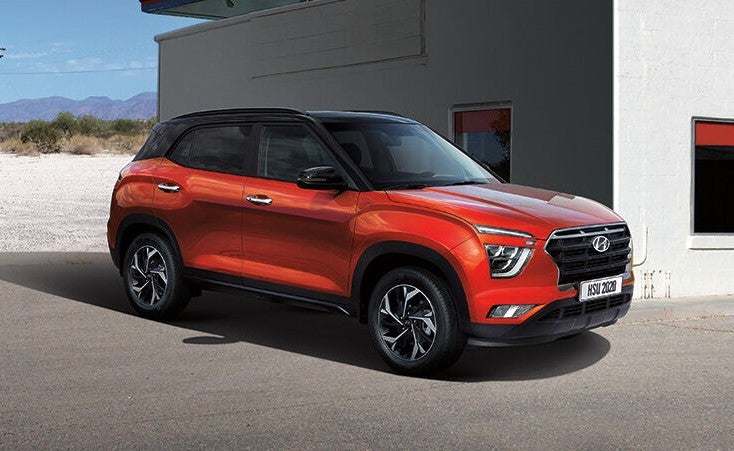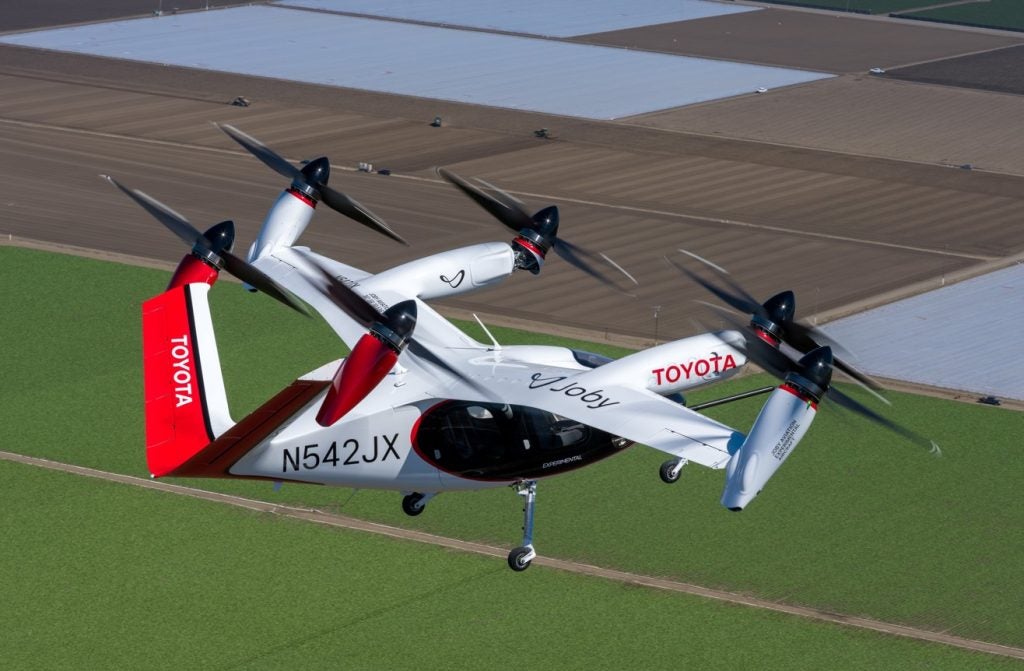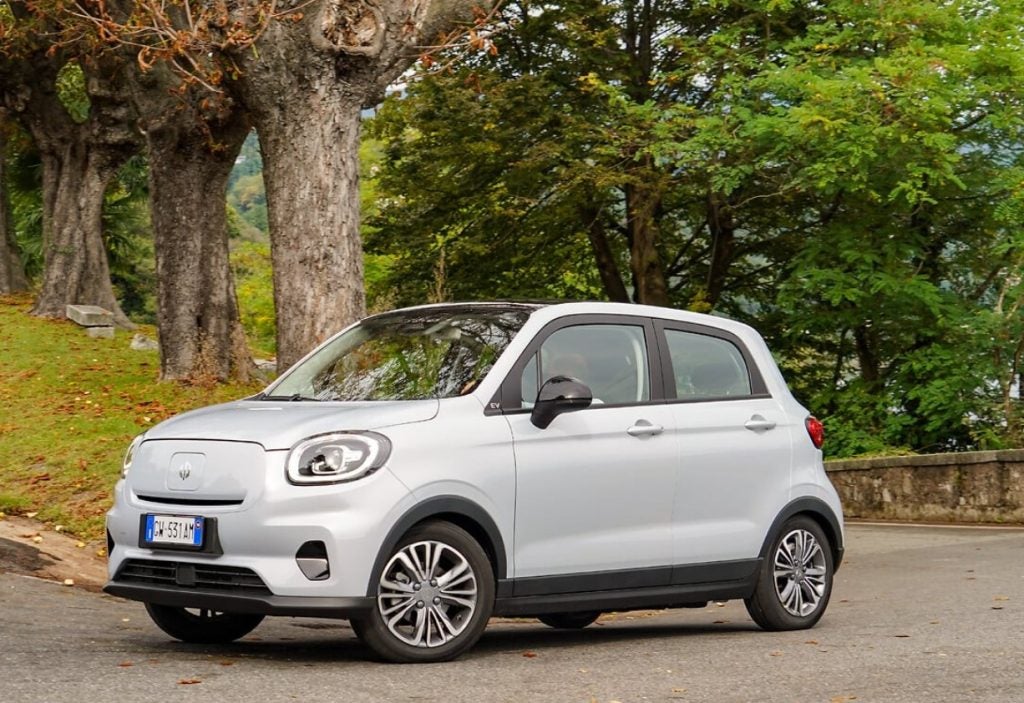 BMW has been riding the crest of a wave lately. Profits and sales have been vibrant. The BMW Mini has been launched with what can be described as success. But questions have been asked about future prospects. Investors have seemed nervous. Just five years ago, BMW executives mocked the ‘expensive little luxury car’ that is the Mercedes-Benz A-class. Now there is a BMW Mini and it is losing money. Also, a small BMW 1 Series is in the pipeline. Cause for concern?
BMW has been riding the crest of a wave lately. Profits and sales have been vibrant. The BMW Mini has been launched with what can be described as success. But questions have been asked about future prospects. Investors have seemed nervous. Just five years ago, BMW executives mocked the ‘expensive little luxury car’ that is the Mercedes-Benz A-class. Now there is a BMW Mini and it is losing money. Also, a small BMW 1 Series is in the pipeline. Cause for concern?
In the early 1990s, Daimler-Benz decided that staying at the luxury end of the market offered limited growth potential and that it was a recipe for long-term decline. The A-class and the MCC Smart brand were the result. BMW looked on and quietly mocked, talking of brand values and the dangers of brand dilution. For BMW, the focus was getting into mass-market volume segments via its then Rover Cars subsidiary. Ahem. That didn’t go quite to plan and now BMW is clearly going down a route that is not dissimilar to DaimlerChrysler’s. But right now, BMW is back in top gear and it is there mainly on the back of its bread and butter largish, high-margin executive and luxury models.
The Rover disaster of 2000, which claimed the careers of its two most senior executives, CEO Bernd Pischetsrieder (now VW CEO) and product development chief Wolfgang Reitzle (left Ford for Linde), and set the industry buzzing with rumours of a takeover by Ford or GM, is but a distant pothole in the corporate rear view mirror.
BMW has reported its best-ever half-year figures with group revenues in the first half of 2002 up 11.3% to €22,367 million and operating profit up 0.3% to €2,031 million. Net profit was €1,261 million, up 7.7% on H1 2001.
The group expects to continue making good progress in the second half of 2002 and is forecasting a “significant increase” in sales volume for the full year as well as increased revenues and earnings. Deliveries continue to grow. A total of 543,742 cars were delivered during the first half of 2002, an increase of 18.2% compared to the same period last year. A lot of the gain is down to the Oxford produced Mini. Some 481,330 BMW brand cars were sold during the first half of 2002, a more modest 4.7% gain over the equivalent six-month period in 2001.
How well do you really know your competitors?
Access the most comprehensive Company Profiles on the market, powered by GlobalData. Save hours of research. Gain competitive edge.

Thank you!
Your download email will arrive shortly
Not ready to buy yet? Download a free sample
We are confident about the unique quality of our Company Profiles. However, we want you to make the most beneficial decision for your business, so we offer a free sample that you can download by submitting the below form
By GlobalDataA total of 62,412 Minis were sold during the first half of 2002; 34,721 in the second quarter alone.
“And BMW can be thankful that the more expensive Cooper variant is proving more popular than the entry level Mini One “ |
BMW plans to hit new full-year records in sales and earnings in 2002. It is also on course to take its total unit sales above one million units for the first time in its history.
The premium/volume product balance
BMW CEO Dr Helmut Panke told just-auto in an exclusive interview last year: “We will still do small cars. And we will still do SUVs. What has been altered is the question of whether a company can be in both the premium and the mass market. The BMW brand is clearly positioned in the premium market, whereas Rover – and we probably overestimated the strength of the Rover brand – is positioned in the mass market. This stretch between the two positions clearly didn’t work.”
Dr Panke also said BMW plans to grow by dramatically broadening its product offering. “Our marketing people think in terms of what could be called a chess board,” he said. “On one axis you have the hierarchy of size and the position in the market, and on the other you have the body styles. BMW has started applying this strategy looking at what kinds of segments we can access with our model families.”
The board has signed off plans to add a 6 Series coupe and convertible – based on 5 Series mechanicals – to the range, plus a new small SUV, the X3. A new 1 Series range, rear wheel drive and within millimetres of the landmark BMW 2002 sedan of 1968 in terms of overall size, will be positioned under the 3-series.
Controversially, the 3-series range, which still accounts for about 50 per cent of sales, will be split in two, with the coupes getting unique sheet metal and badged as 4-series models.
The BMW range will straddle a broad demographic that stretches from the new Mini to the new Rolls-Royce. Sources in Munich say work has begun on a second generation new Mini, due in about six years’ time. This model will be engineered from the outset to be built in different variants – such as a cabrio, wagon, and even a five door – and to accept BMW’s Valvetronic four cylinder engines, which simply won’t fit under the bonnet of the current car without major reworking of the front floorpan and firewall.
Doubts raised
BMW people are without a doubt excited by the product plans. However, amidst the good news of record sales and robust financial bottom lines, doubts have been raised about the company’s ability to continue to achieve such good results in the future.
“As the proportion of output accounted for by lower margin models rises, the company’s profits could be squeezed. “ |
It’s perhaps not too surprising, then, that – despite the apparent early success of the new Mini – negative comments from analysts have centred on BMW’s plans to extend its product portfolio aggressively. “With smaller cars such as the Mini and the new 1 Series, margins will shrink,” said Jürgen Pieper at Bankhaus Metzler, speaking to Handelsblatt recently. Pieper added that his reasoning is based on a law of nature that even BMW will prove unable to withstand, even though the group’s management may think otherwise.
 How much market room is there room for a sub-X5 SUV based on the 3 Series platform? The X5 is going down well now – especially in the US – but a smaller X3 in 2003? It is at the very least a bold move and one that rival Mercedes-Benz is resisting.
How much market room is there room for a sub-X5 SUV based on the 3 Series platform? The X5 is going down well now – especially in the US – but a smaller X3 in 2003? It is at the very least a bold move and one that rival Mercedes-Benz is resisting.
While the upcoming 6 Series may offer greater reassurance to BMW traditionalists, it represents another model addition at an end of the market that is hardly short of product.
But the 1 Series? In addition to the BMW Mini? Small car margins are lower than those on big cars. That’s one of the fundamental reasons why BMW is making good profits right now. As the proportion of output accounted for by lower margin models rises, the company’s profits could be squeezed.
Other prestige manufacturers’ experiences in moving into lower margin, higher volume territory hardly instils confidence. The Mercedes-Benz A-class has been far from successful financially, although it has hit its volume targets. Analysts say that the second-generation model stands a better chance of being profitable than the first (which suffered the added costs of ESP after failing the Elk test). It has been an expensive learning experiment for DaimlerChrysler. The MCC Smart, even more so. Audi has largely clammed up on the Audi A2, which employs expensive aluminium technology and is missing sales targets. A novelty item perhaps, but not exactly a barnstormer.
“And what about the higher quality spec and materials that these premium brand small cars demand? “ |
The uncomfortable second car question
The fundamental question though is this: is there a role for these premium-priced small cars as second cars – which seems to be where the manufacturers feel they have natural market appeal? It’s all about filling out brand opportunities in different segments. The argument goes that the 7 Series owner sees the 1 Series at his local garage and forms the view that someone else in his family can use it. Possibly. But they may still opt for the funkier and less elitist Volkswagen, which ought also to be significantly cheaper.
“How many conquest sales can BMW get? “ |






